
























During the early 1900s, the aesthetics of traditional African sculpture became a powerful influence among European artists who formed an avant-garde in the development of modern art. In France, Henri Matisse, Pablo Picasso, and their School of Paris friends blended the highly stylized treatment of the human figure in African sculptures with painting styles derived from the post-Impressionist works of Cézanne and Gauguin. The resulting pictorial flatness, vivid color palette, and fragmented Cubist shapes helped to define early modernism. While these artists knew nothing of the original meaning and function of the West and Central African sculptures they encountered, they instantly recognized the spiritual aspect of the composition and adapted these qualities to their own efforts to move beyond the naturalism that had defined Western art since the Renaissance.
Related
German Expressionist painters such as Ernst Ludwig Kirchner of Die Brücke (The Bridge) group, based in Dresden and Berlin, conflated African aesthetics with the emotional intensity of dissonant color tones and figural distortion, to depict the anxieties of modern life, while Paul Klee of the Blaue Reiter (Blue Rider) in Munich developed transcendent symbolic imagery. The Expressionists' interest in non-Western art intensified after a 1910 Gauguin exhibition in Dresden, while modernist movements in Italy, England, and the United States initially engaged with African art through contacts with School of Paris artists.
These avant-garde artists, their dealers, and leading critics of the era were among the first Europeans to collect African sculptures for their aesthetic value. Starting in the 1870s, thousands of African sculptures arrived in Europe in the aftermath of colonial conquest and exploratory expeditions. They were placed on view in museums such as the Musée d'Ethnographie du Trocadéro in Paris, and its counterparts in cities including Berlin, Munich, and London. At the time, these objects were treated as artifacts of colonized cultures rather than as artworks, and held so little economic value that they were displayed in pawnshop windows and flea markets. While artworks from Oceania and the Americas also drew attention, especially during the 1930s Surrealist movement, the interest in non-Western art by many of the most influential early modernists and their followers centered on the sculpture of sub-Saharan Africa. For much of the twentieth century, this interest was often described as Primitivism, a term denoting a perspective on non-Western cultures that is now seen as problematic.
The Stylistic Influences of African Sculpture
Modernist artists were drawn to African sculpture because of its sophisticated approach to the abstraction of the human figure, shown, for example, by a sculpted head from a Fang reliquary ensemble (1979.206.229), and a reliquary by an Ambete artist (2002.456.17). The provenance of the Fang work includes the collection of London-based sculptor Jacob Epstein, who had Vorticist associations and was a longtime friend of Picasso and Matisse; the Ambete reliquary was once owned by the pioneering Paris dealer Charles Ratton and then by Pierre Matisse, a son of the artist.
The Fang sculpture exemplifies the integration of form with function that had created a centuries-old tradition of abstraction in African art before the European colonial period. Affixed at the top of a bark vessel where remains of the most important individuals of an extended family were preserved, the sculptural element can be considered as the embodiment of the ancestor's spirit. The representational style is therefore abstract rather than naturalistic. The abstract form of the Ambete piece goes even further to serve its function. Because the figure is the actual receptacle for the ancestral relics, the torso is elongated, hollow, and accessible from an opening in the back. The exaggerated flatness of the face in these reliquaries, and its lack of affect, typify elements of African aesthetics that were frequently evoked in modernist painting and sculpture.
Matisse, Picasso, and the School of Paris
Matisse, an inveterate museum browser, had likely encountered African sculptures at the Trocadéro museum with fellow Fauve painter Maurice de Vlaminck, before embarking on a spring 1906 trip to North Africa. Upon returning that summer, Matisse painted two versions of The Young Sailor (1999.363.41) in which he replaced the first version's naturalistically contoured facial features with a more rigidly abstract visage reminiscent of a mask. At about the same time, Picasso completed his portrait of the American expatriate writer Gertrude Stein (47.106), finalizing her face after many repaintings in the frozen, masklike style of archaic sculptural busts from his native Iberia.
In the Autobiography of Alice B. Toklas (1913), Stein wrote an account of Matisse's fall 1906 purchase of a small African sculpture, now identified as a Vili figure from the Democratic Republic of Congo, at a curio shop on his way to visit her home. Since Picasso was present, she recalled, Matisse showed the sculpture to him. Picasso later told curators and writers of the pivotal visits he subsequently made, beginning in June 1907, to the African collections at the Trocadéro, famously describing his revulsion at the dimly lit, musty galleries but also his inability to turn away from his study of the objects' inventive and elegant figural composition. The African sculptures, he said, had helped him to understand his purpose as a painter, which was not to entertain with decorative images, but to mediate between perceived reality and the creativity of the human mind—to be freed, or "exorcised," from fear of the unknown by giving form to it. In 1907, after hundreds of preparatory sketches, Picasso completed the seminal Les Demoiselles d'Avignon, the painting to whose faceted female bodies and masklike faces some attribute the birth of Cubism and a defining role in the course of modern art throughout the twentieth century. He continued to make major paintings, sculptures, and sketches of mask-faced figures composed of fragmented geometric volumes throughout the Cubist period, including Bust of a Man (1996.403.5), from 1908, Woman's Head (1996.403.6), from 1909, and the 1909-10 Woman in an Armchair (1997.149.7).
A younger member of the School of Paris, painter and sculptor Amedeo Modigliani, was a key contact between the School of Paris and the Futurist artists based in his native Italy. He was singular in his adaptation of stylistic influences primarily from the Baule of today's Ivory Coast (1978.412.425). Modigliani made sketches of the elongated faces of Baule masks and figures, heart-shaped and narrowing to a point at the chin beneath a small mouth placed unnaturally low on the face. He later adapted this distinctive facial style in a series of sculptures including the 1912 Woman's Head (1997.149.10); and later retained it in paintings such as the 1917 Reclining Nude (1997.149.9). Constantin Brancusi, Modigliani's friend and Montparnasse studio neighbor, embraced African art because it, like sculpture of his native Romania, was directly carved from wood. Having trained with Rodin, then perhaps one of Europe's most prominent sculptors, Brancusi at times rejected the master's bronze casting technique due to its expense and its remove from the direct hand of the artist, in favor of carvings from wood and, as in Bird in Space (1996.403.7ab), from marble.
Modernism in America
Matisse and Picasso were key figures in the spread of interest in African-influenced modernism among the avant-garde in the United States. In 1905, the American artist Max Weber moved to Paris and studied painting with Matisse. By 1908, Weber, a frequent guest at the Sunday evening salons hosted by Gertrude Stein and her brother Leo, had visited Picasso in his studio, where he may have viewed Picasso's extensive collection of African art. After returning to the United States, Weber wrote to photographer Alfred Stieglitz about the African influences that he had observed in the work of Picasso and other Paris-based modernists; and Weber's own paintings featured mask forms rendered in an increasingly abstract style. Stieglitz later presented the first Picasso exhibition in the United States at his small gallery, named "291" for its Fifth Avenue address, and then worked with Mexican artist Marius de Zayas on a 1914 exhibition which was among the first in the United States to present African sculpture as art. A 1923 exhibit at the Whitney Studio Club, a precursor of the Whitney Museum in New York, was among the earliest to present Picasso's paintings together with African sculptures.
German Expressionism
Artists in Germany between the world wars worked extensively with African compositional devices as they rejected naturalism as inadequate to their project of representing the anxiety, dislocation, and utopian fantasies of interwar German society. Paul Klee developed a distinctively individual abstract style while teaching at the Bauhaus. Mystical connotations are evoked, in paintings like his 1923 Ventriloquist and Crier in the Moor (1984.315.35) and the 1938 Comedians' Handbill (1984.315.57), by massed signlike forms. Some scholars have suggested affinities between these works and masks of the Bwa culture of modern Burkina Faso and geometrically patterned fabrics from the Bambara of Mali.
Ex-Dadaist George Grosz masks the melancholy figures crowding his 1931 Berlin Street (63.220) in a more generalized style, which became influential for his students after he emigrated to New York, where he taught at the Art Students League. Max Beckmann overlays memory, nightmare, and dream in his allegorical 1949 triptych Beginning (67.187.53a–c), completed after he, too, relocated to the United States.
The Mature Work of Matisse and Picasso
The work of Picasso and Matisse continued to reflect the influence of African aesthetics well into the mid-twentieth century, and important aspects of this later influence have been disclosed by recent scholarship. Some of Picasso's most significant early sculptural work, and his monumental 1930s busts of his young mistress Marie-Thérèse, have been linked, respectively, to Grebo and Nimba masks in his collection of African sculpture. Matisse, whose family had been weavers for generations, owned several Kuba cloths (1999.522.15) from Central Africa, as well as opulent fabrics from North Africa and eastern Europe.
Kuba cloths had been shown in early African art shows in Paris that Matisse may have attended, and several remained in his collection at his death. These handcrafted nineteenth-century fabrics from the Democratic Republic of Congo were woven from raffia palm fibers and used in dowries; the larger ones served as festive attire at funerals. Matisse's correspondence indicates their inspiration for the paper cutouts, such as the 1951 Snow Flowers (1999.363.46), that were his final major works. These collages blend Matisse's vivid color palette with the allover patterning of the textiles to produce abstract floral forms free-floating in space, creating perspectival shifts between foreground and background. After hanging panels of the Kuba textiles across his studio walls, Matisse wrote in letters to his sister that he often looked at them for long periods, waiting for something to come to him.
Legacy for Postwar and Contemporary Art
By the early twentieth century, African American modernists had joined other American artists in exploring the formal qualities of African art. In 1925, at the height of the Harlem Renaissance, black philosopher Alain Locke argued that African American artists should look to African art as a source of inspiration. A variety of influences informs the work of artists such as Elizabeth Catlett (1999.529.34) and Romare Bearden, who came of age in the aftermath of this important period in black cultural history. Bearden studied under George Grosz in New York; in The Woodshed (1970.19), from 1969, he composed Dadaist-inflected collages from materials including fragmented photographs of African sculpture. This method was elaborated in The Block (1978.61.1–6), an epic-scale celebration of everyday life in a Harlem neighborhood.
The Afro-Cuban artist Wifredo Lam, who was closely involved with the Surrealists in Paris, and whose dealer was Pierre Matisse, painted hybrid figures, such as in the 1942 Goddess with Foliage (2002.456.32), blending an uncanny Surrealist sensibility with African figural styles and references to spirituality. Several members of the postwar Abstract Expressionists, including the sculptor David Smith and the painter Adolph Gottlieb, were known to have viewed and collected African sculpture as their abstract styles evolved.
In the contemporary postcolonial era, the influence of traditional African aesthetics and processes is so profoundly embedded in artistic practice that it is only rarely evoked as such. The increasing globalization of the art world, which now includes contemporary African artists such as Malian photographer Seydou Keita (1997.364) and Ghana-born sculptor El Anatsui (2007.96), renders increasingly moot any term that assumes a distinct divide between Western and non-Western art. The Primitivist worldview is being relegated to the past. It is in efforts to understand the full spectrum of the aesthetic foundations for early modernism that an investigation of African influences in modern art remains relevant today.

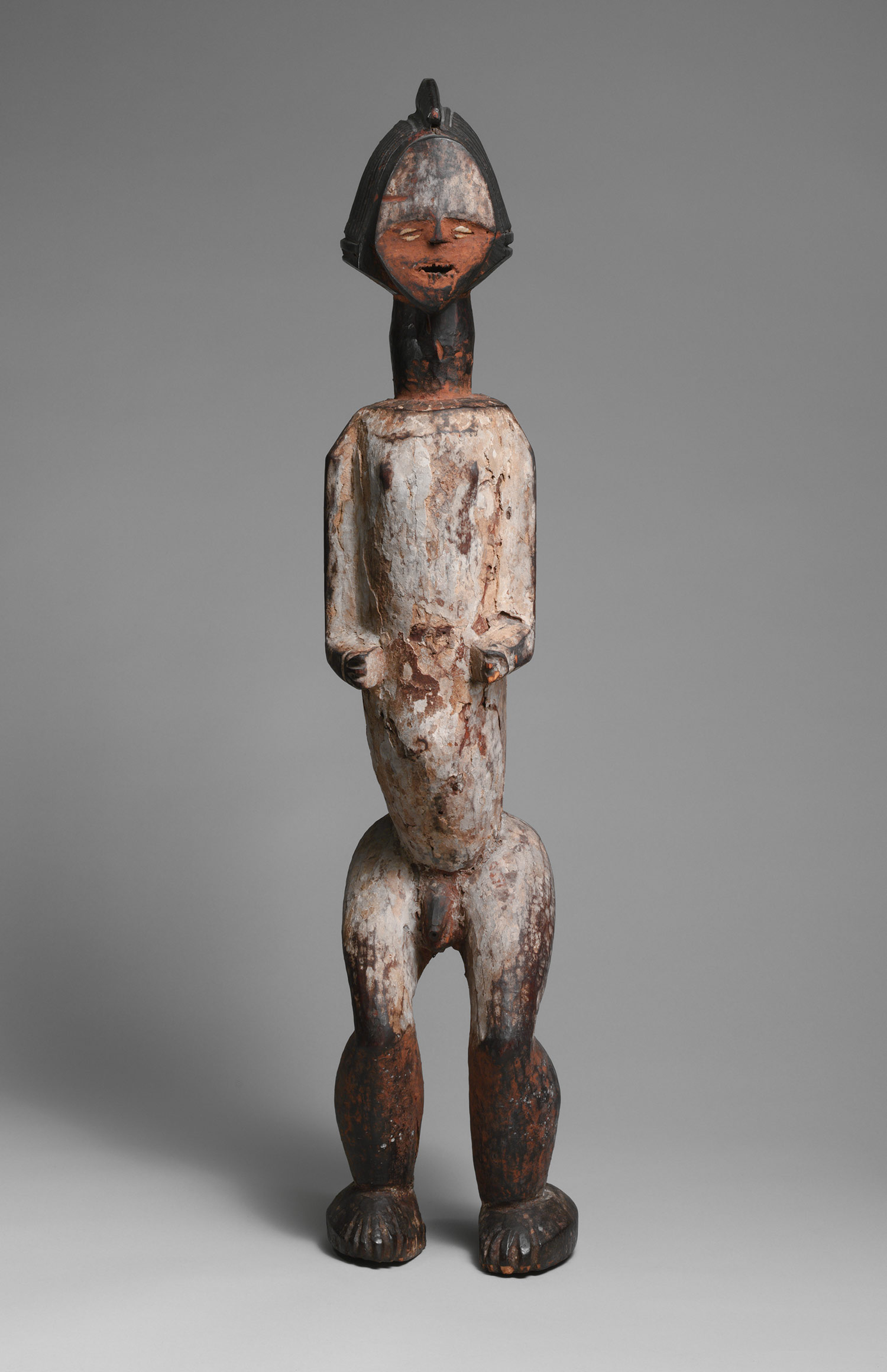
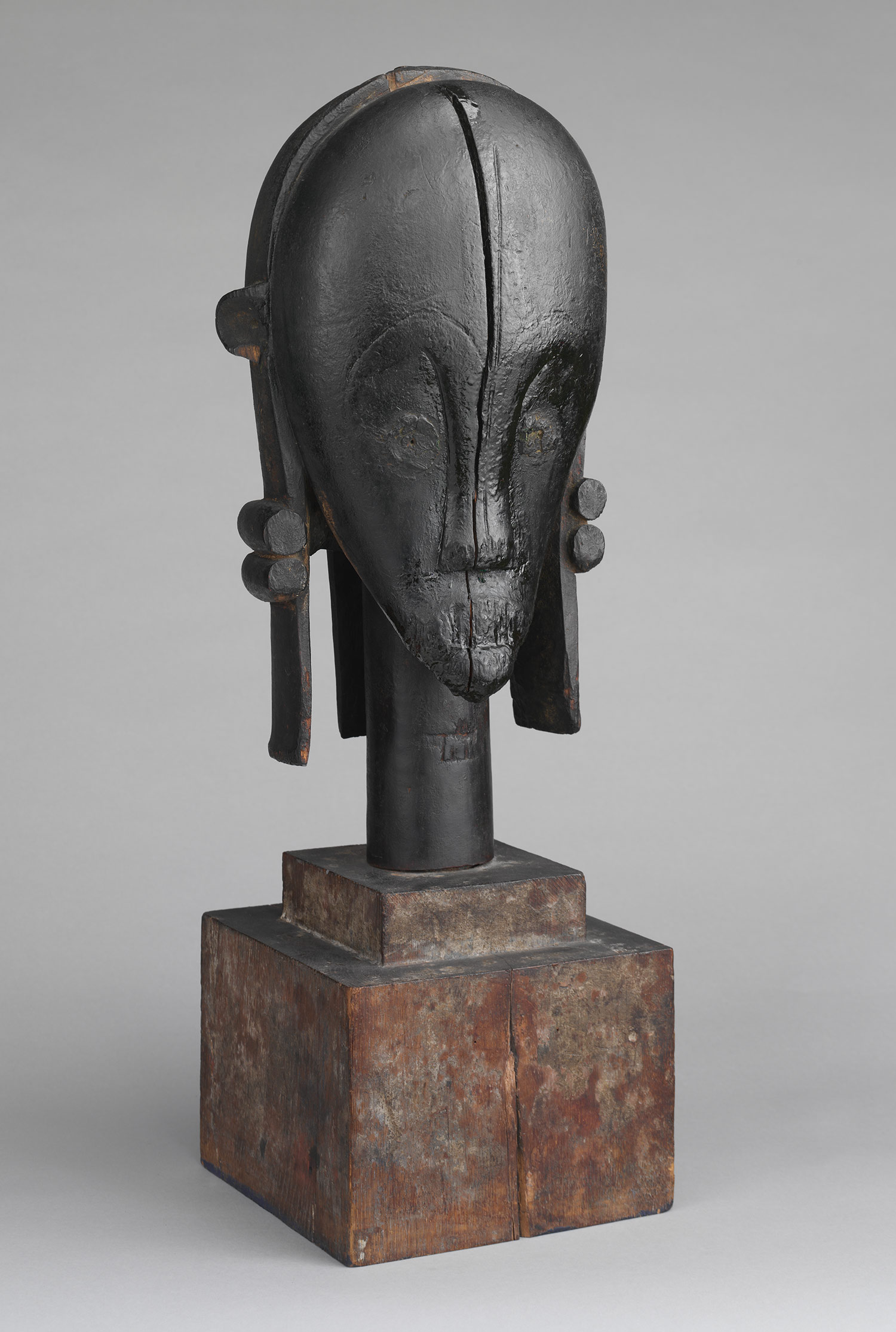
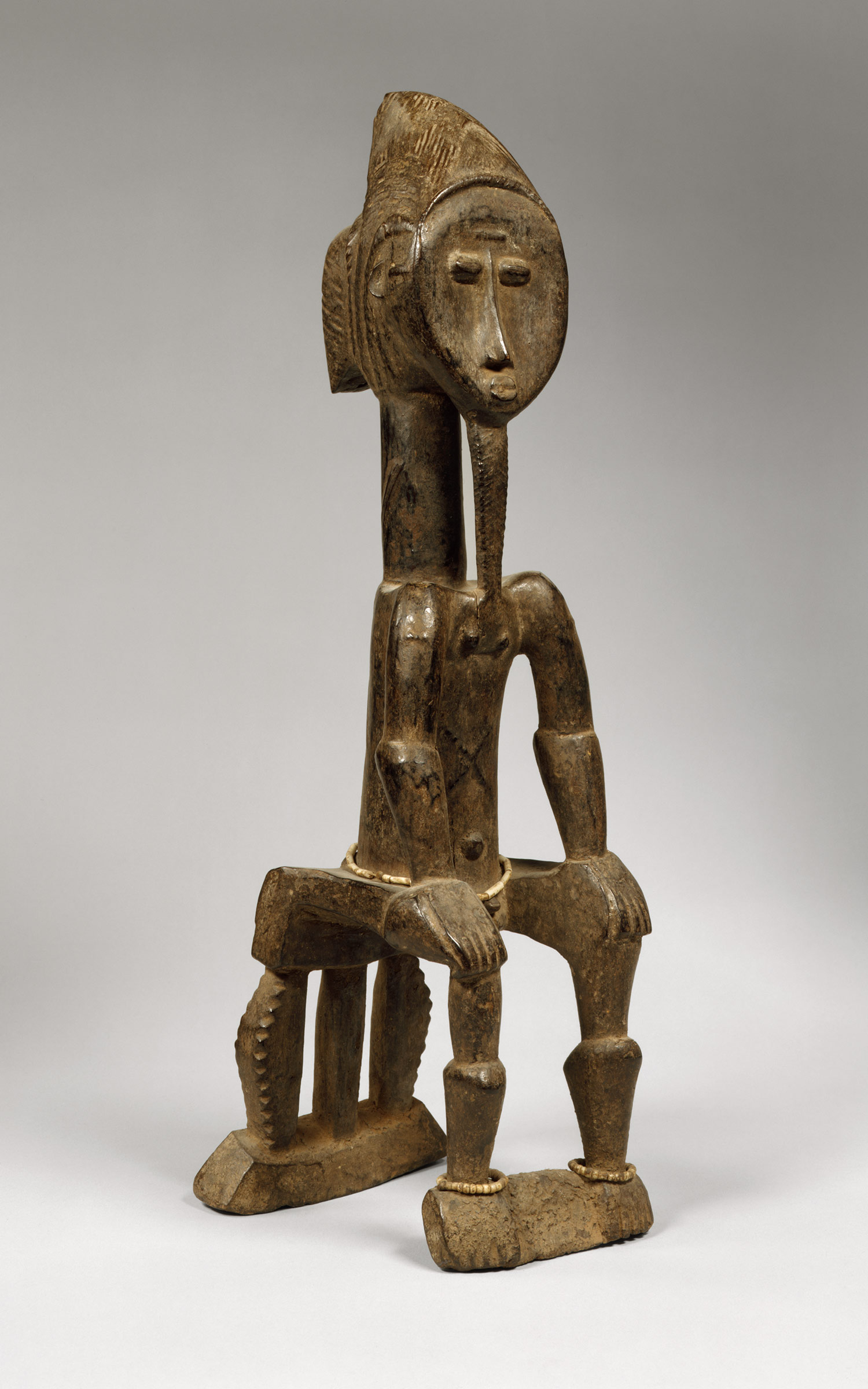

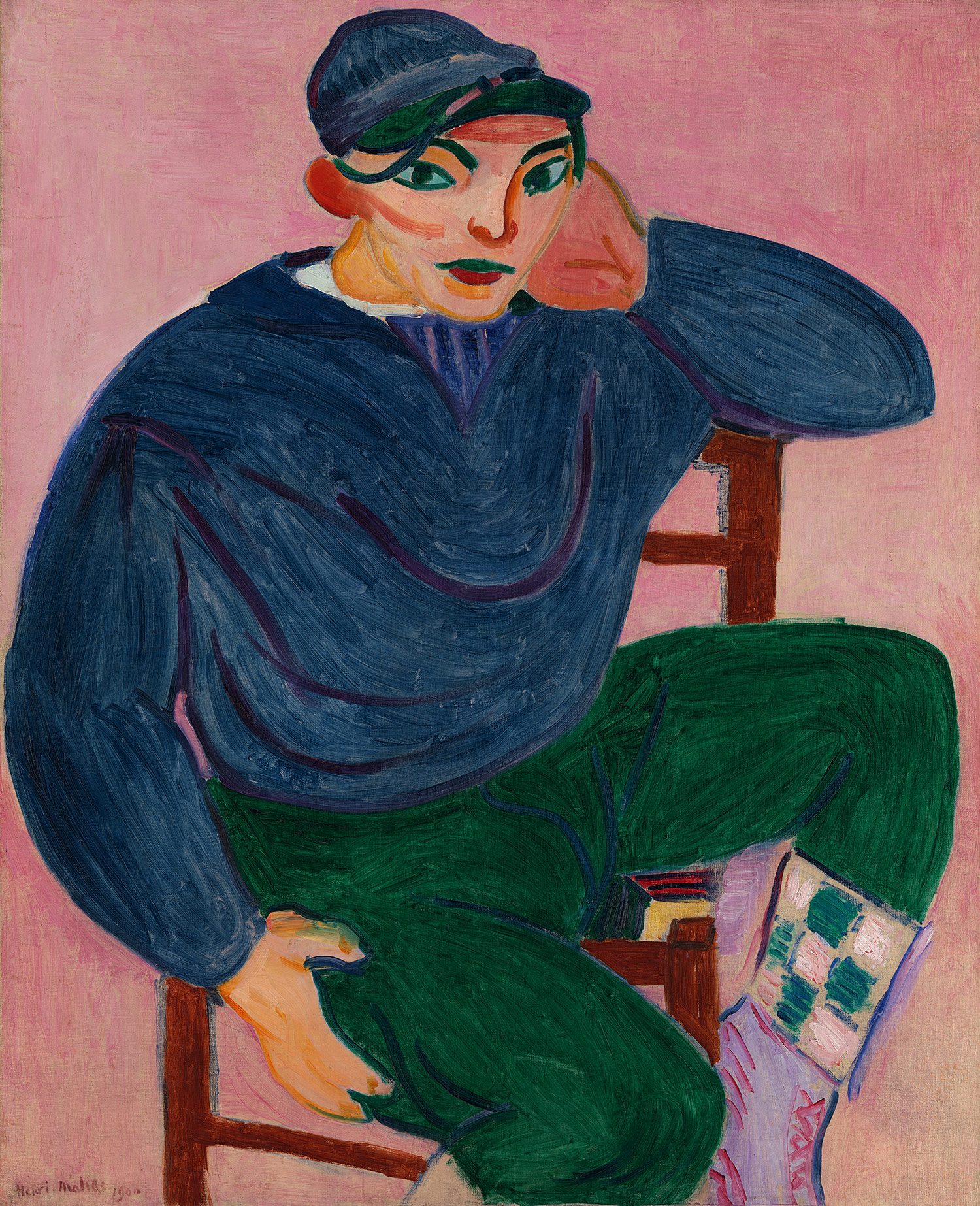
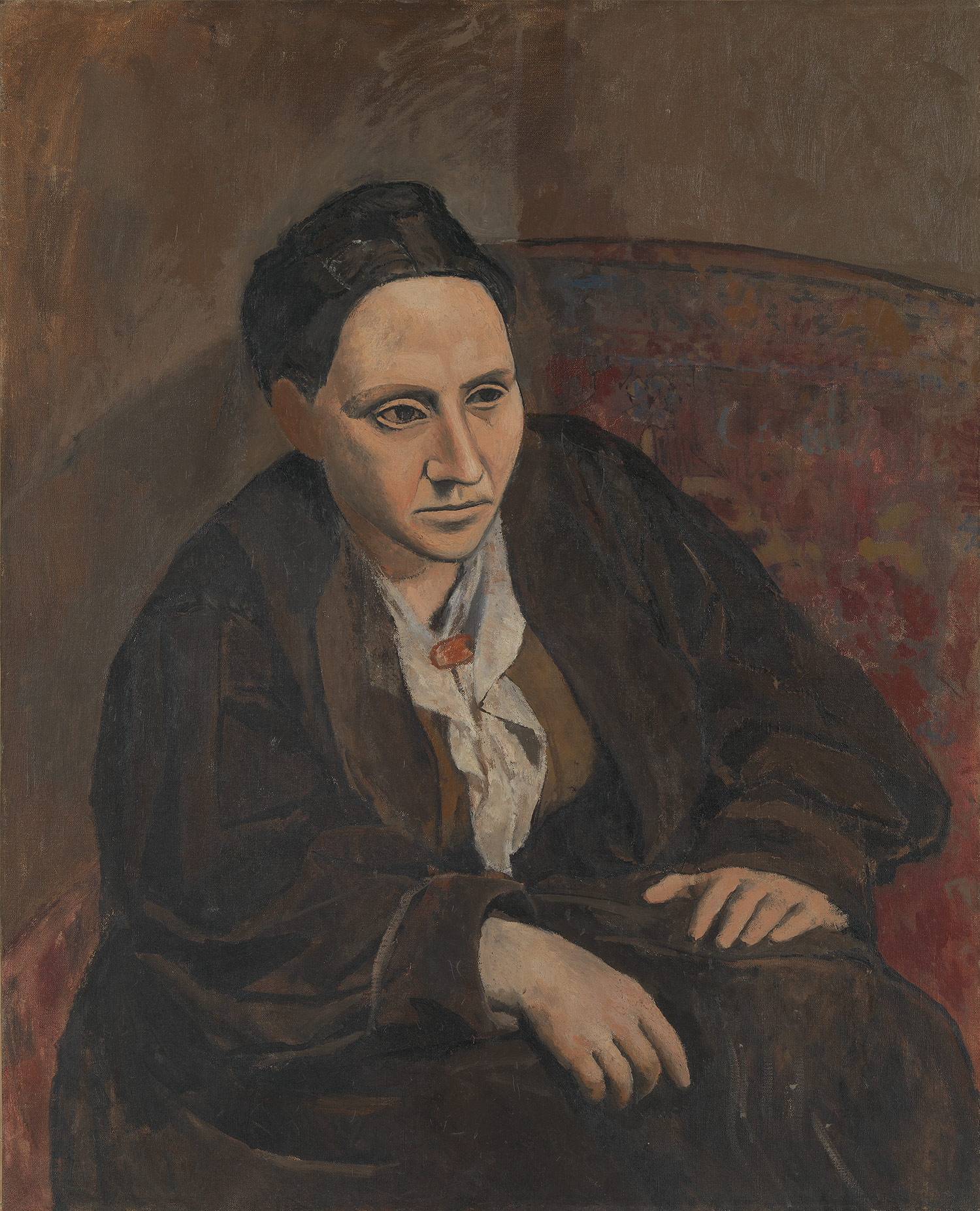
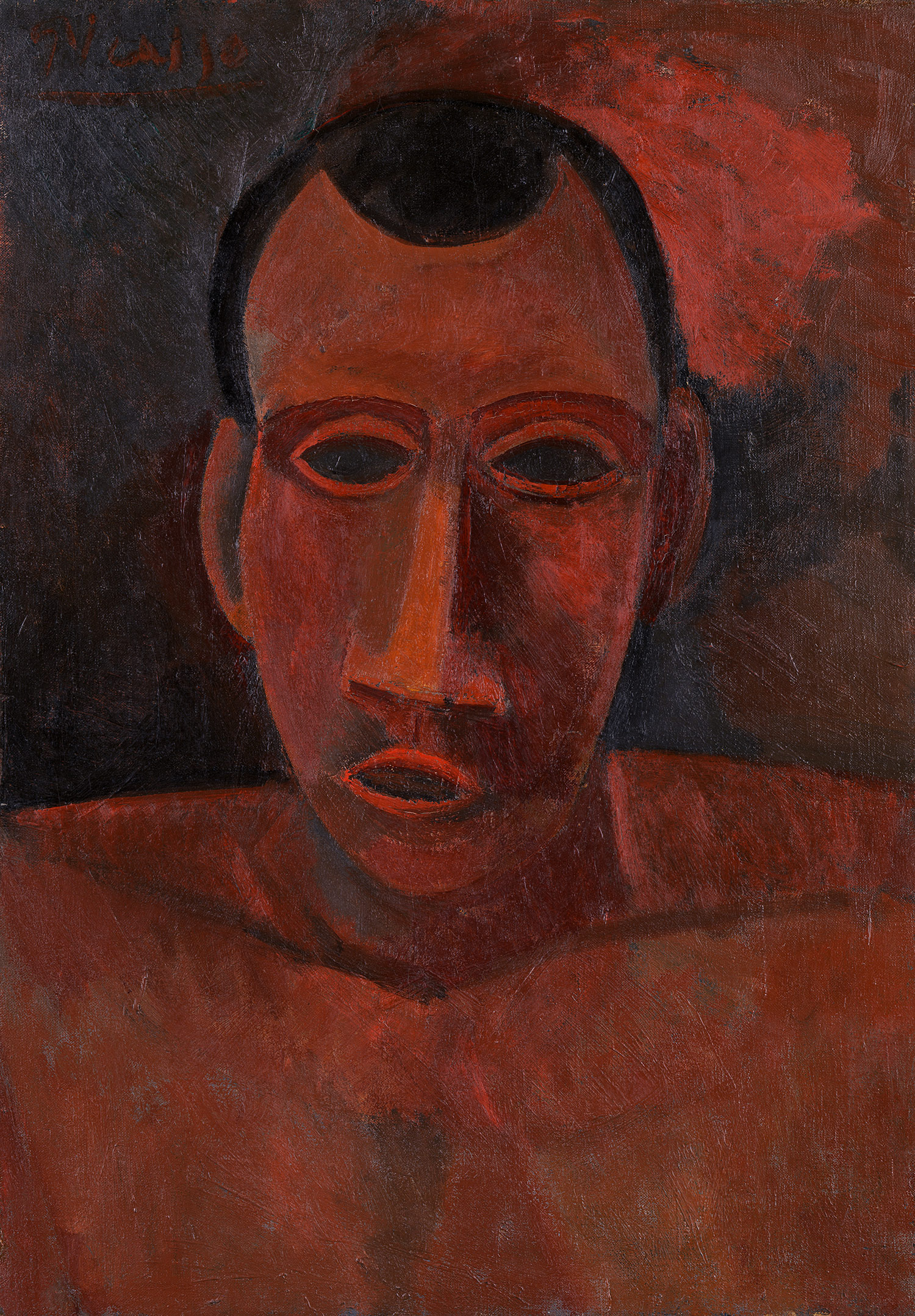
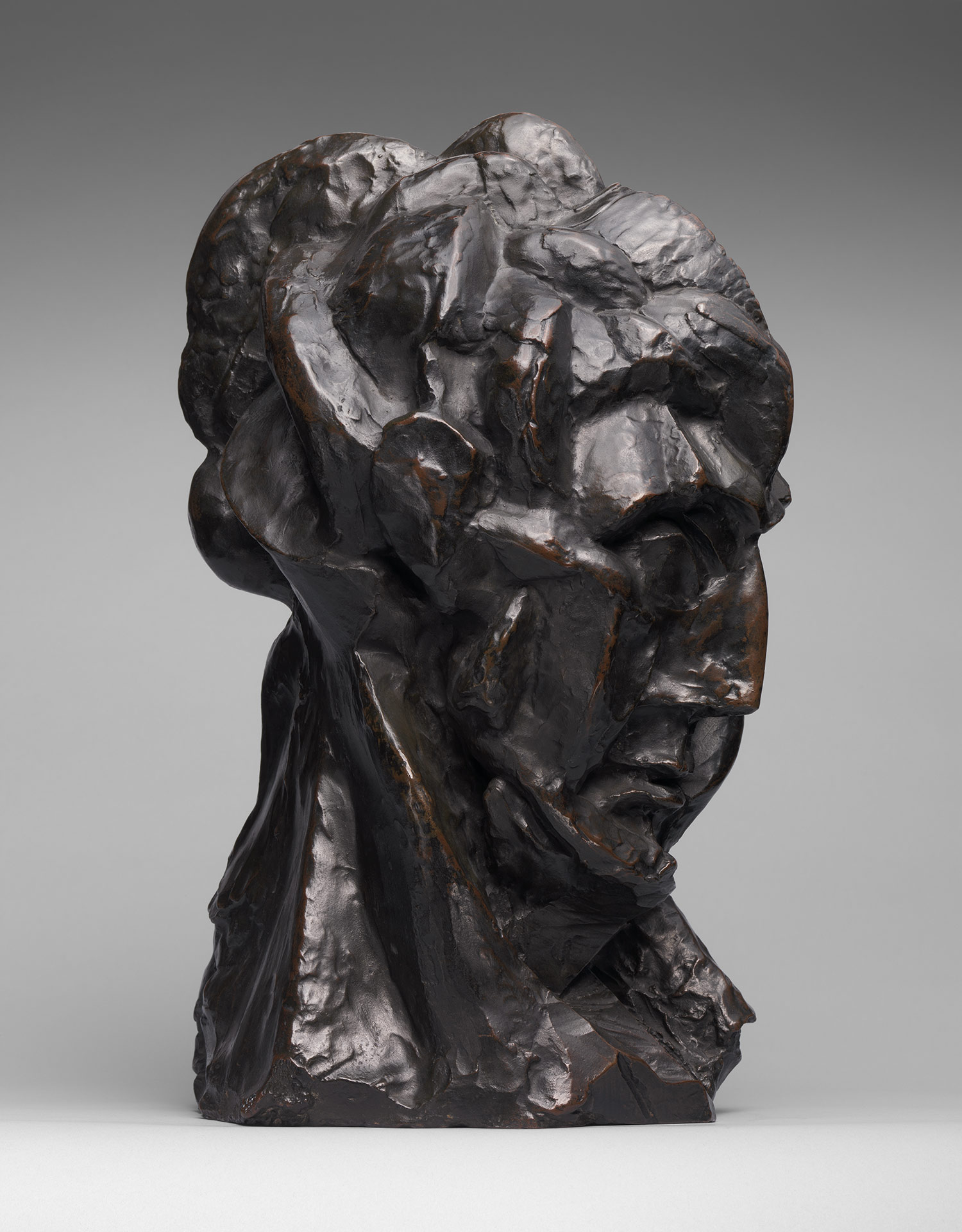
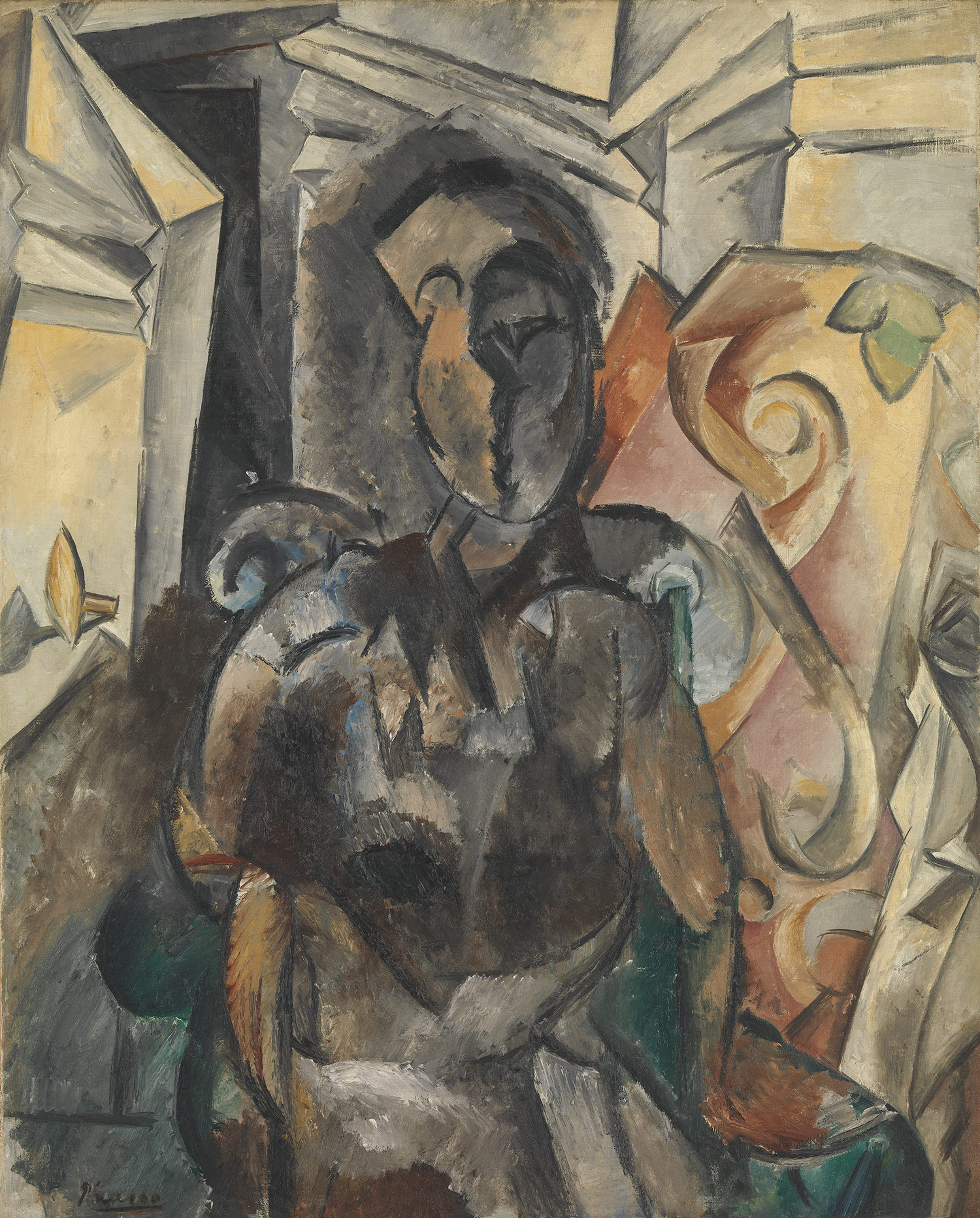
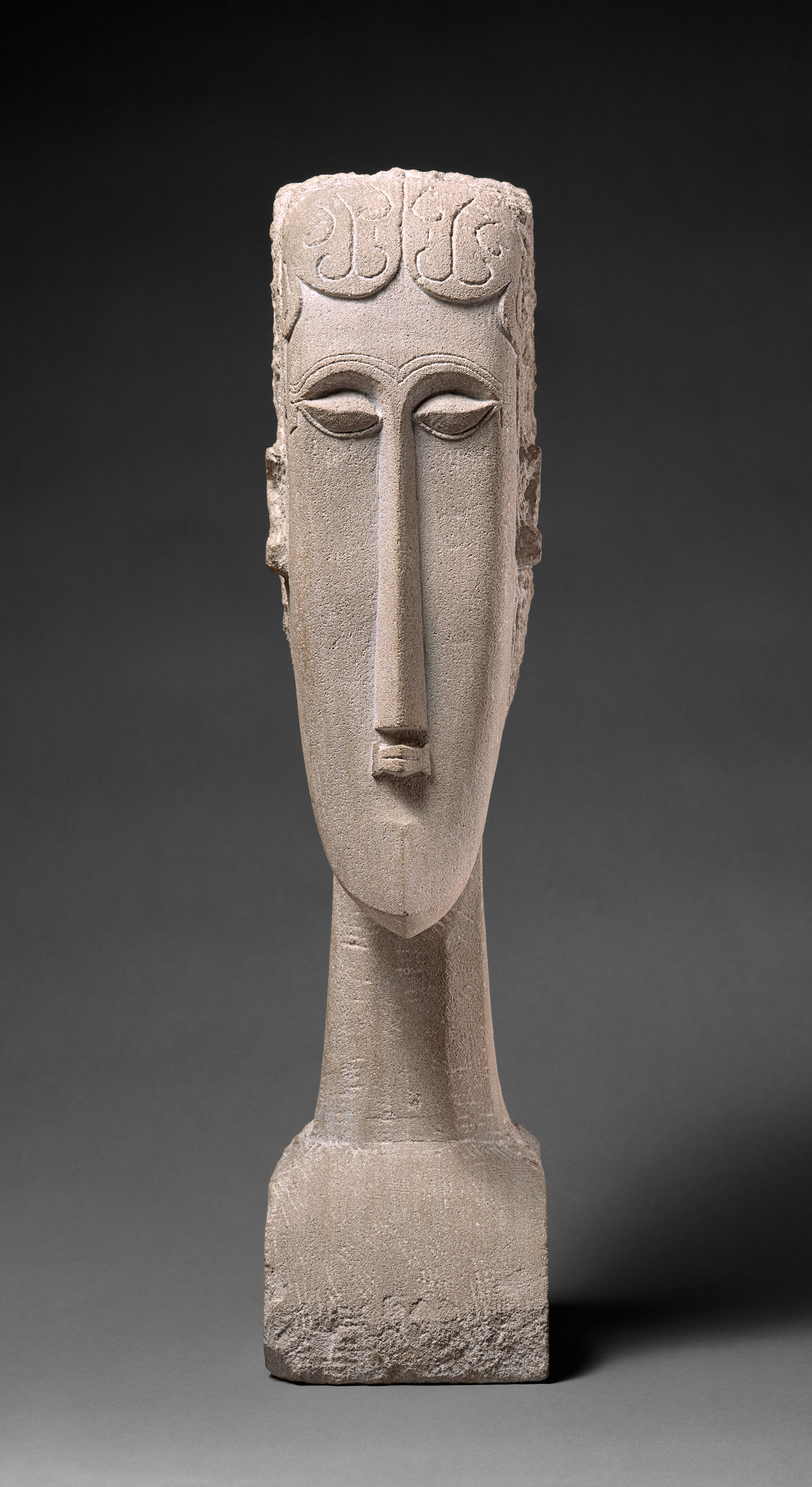
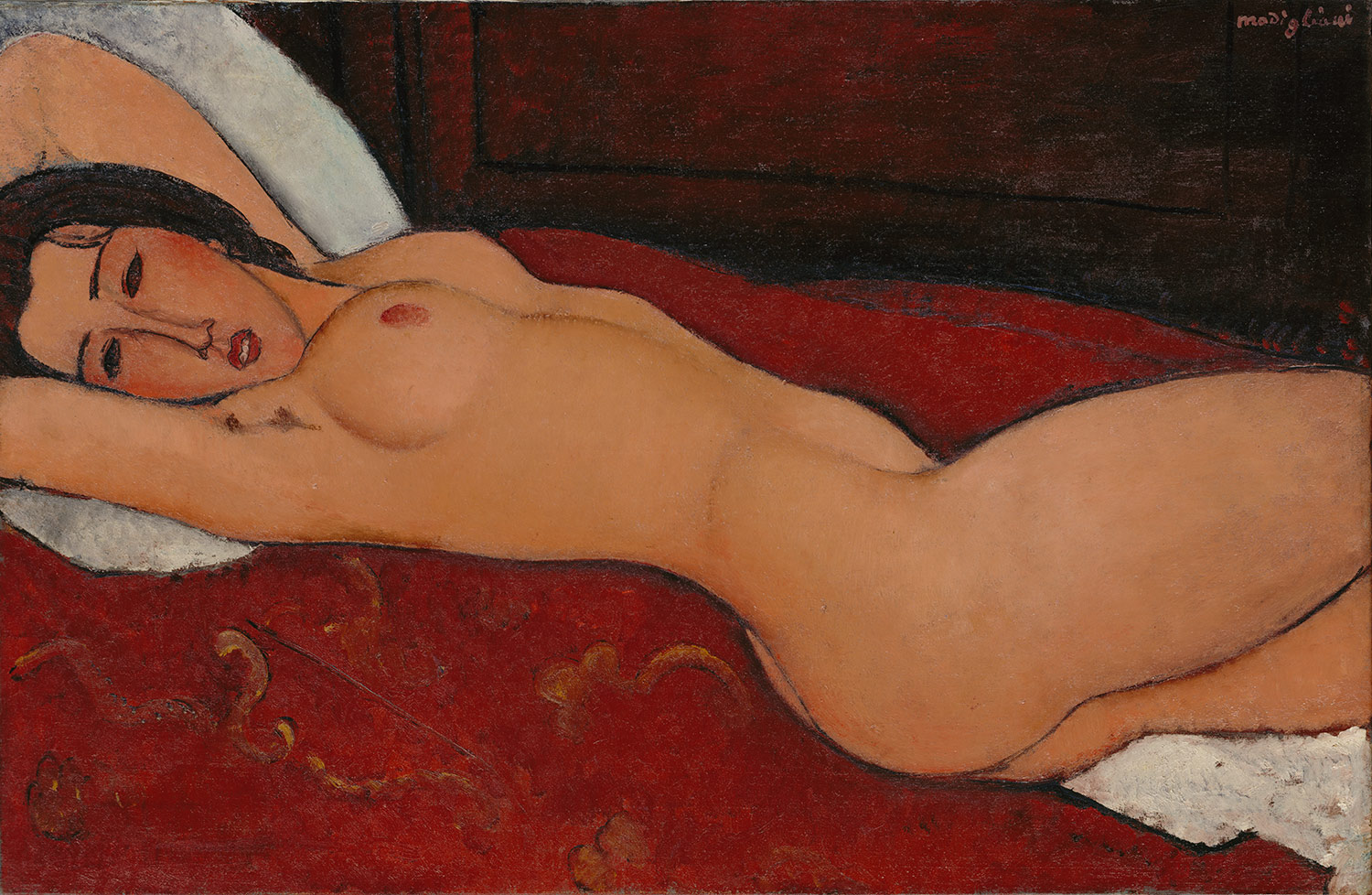
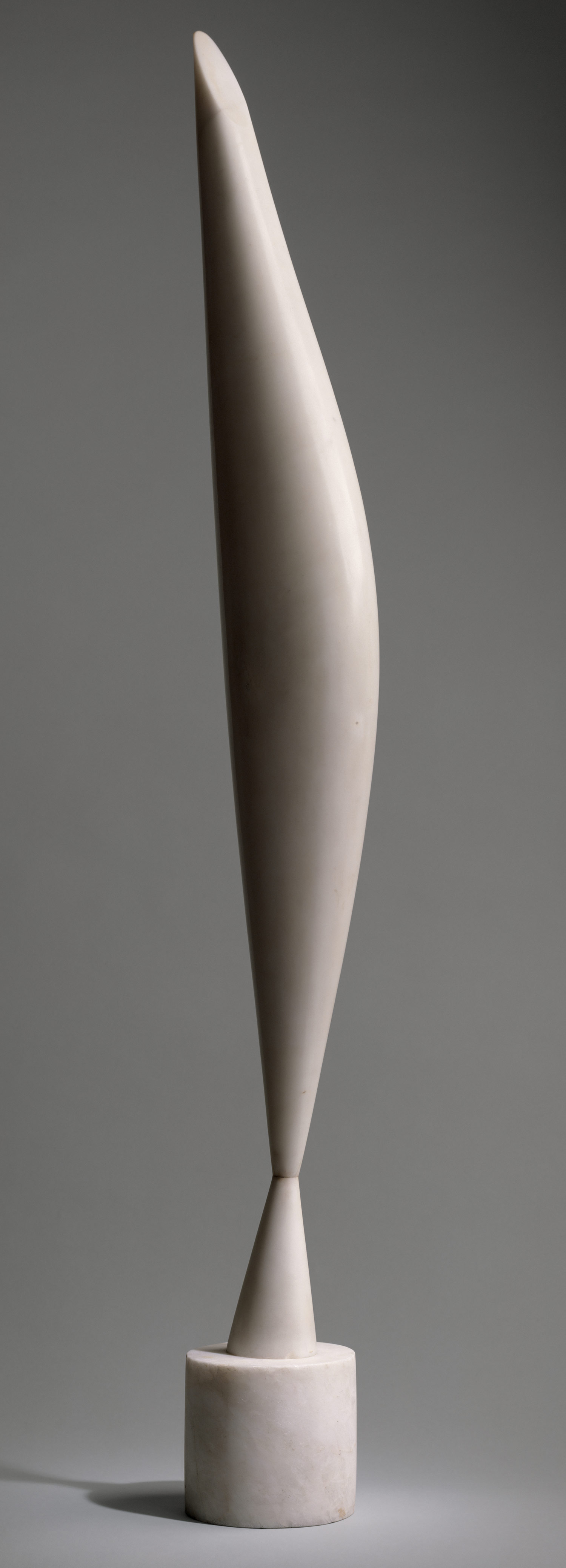
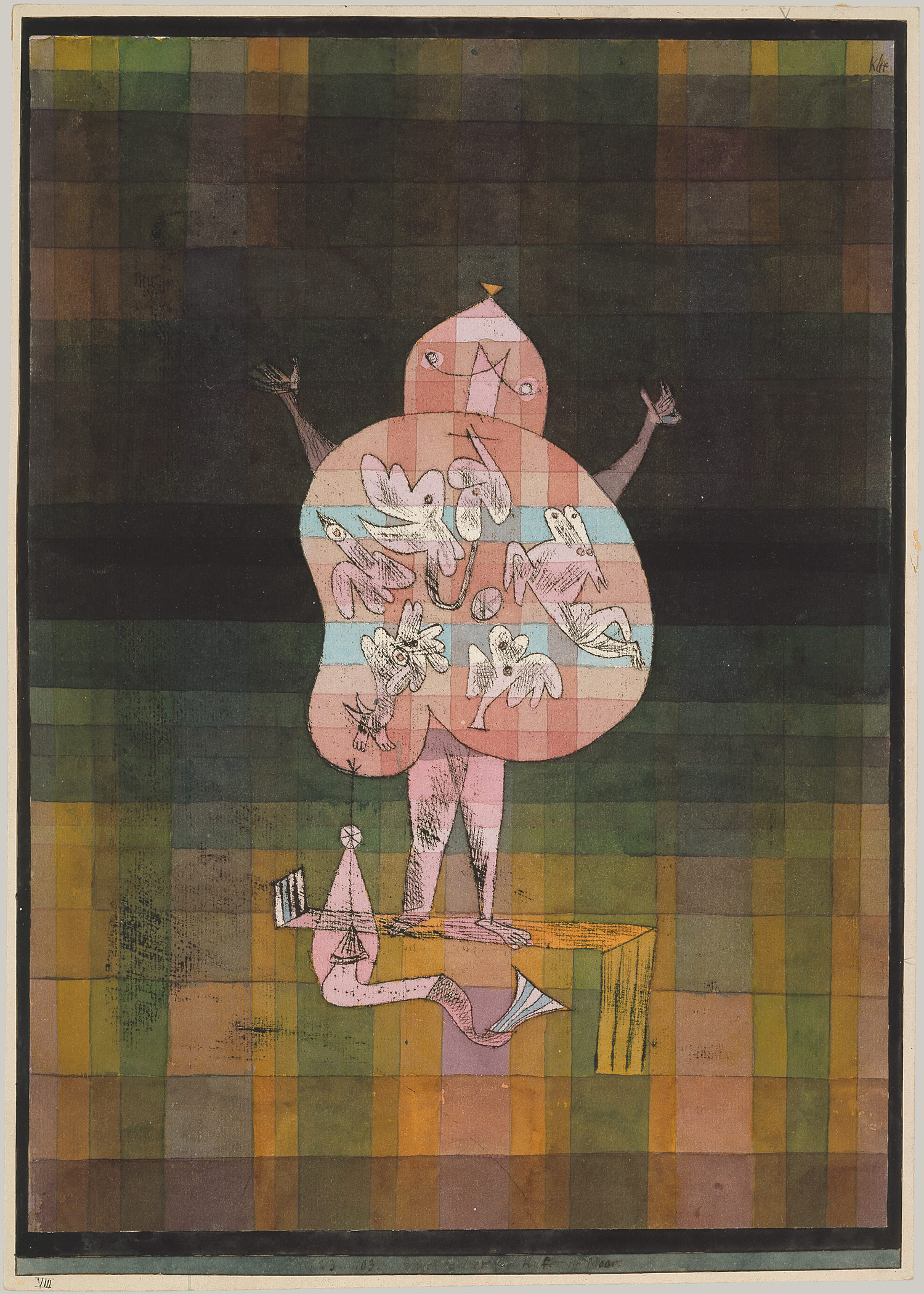
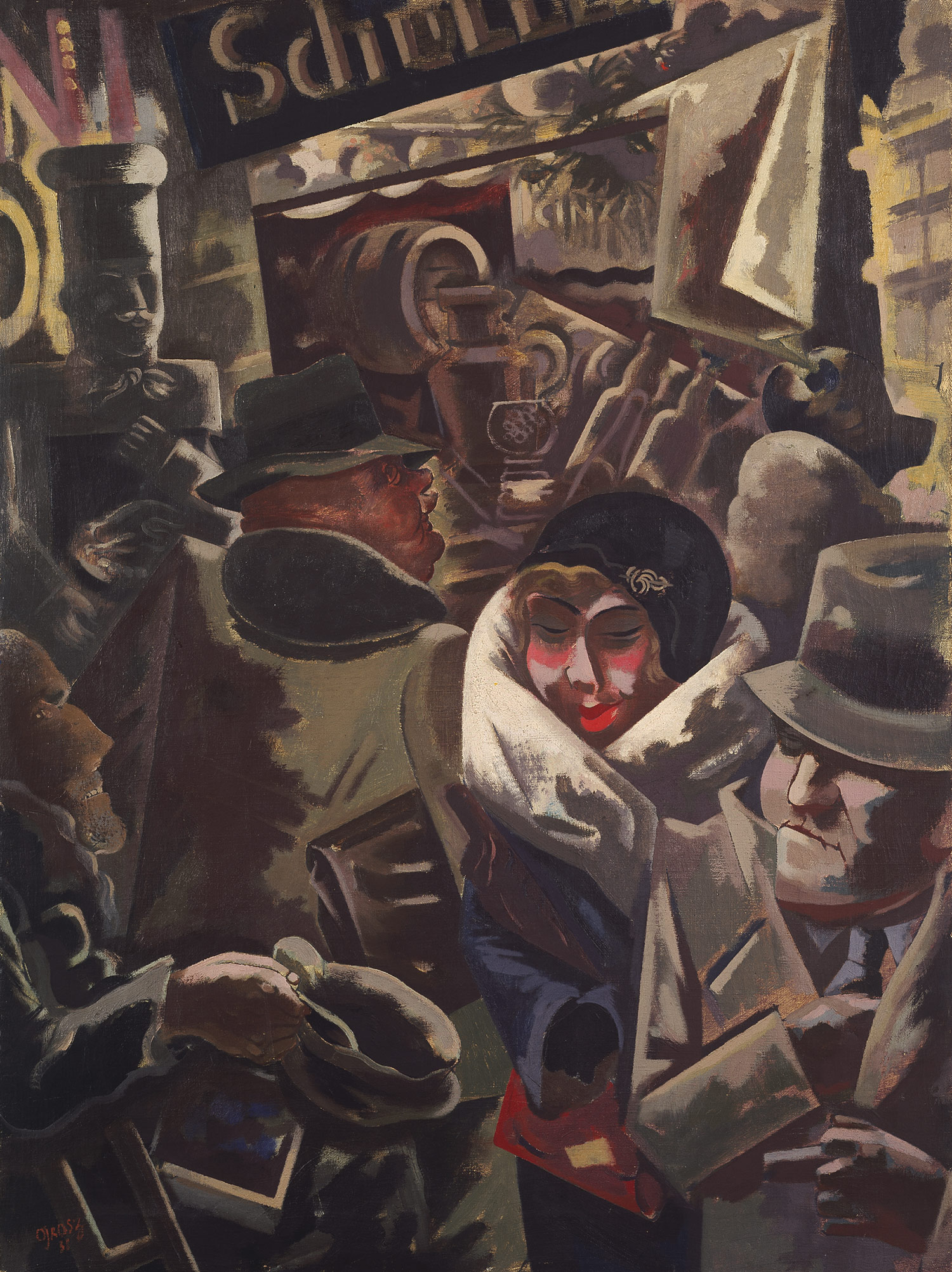
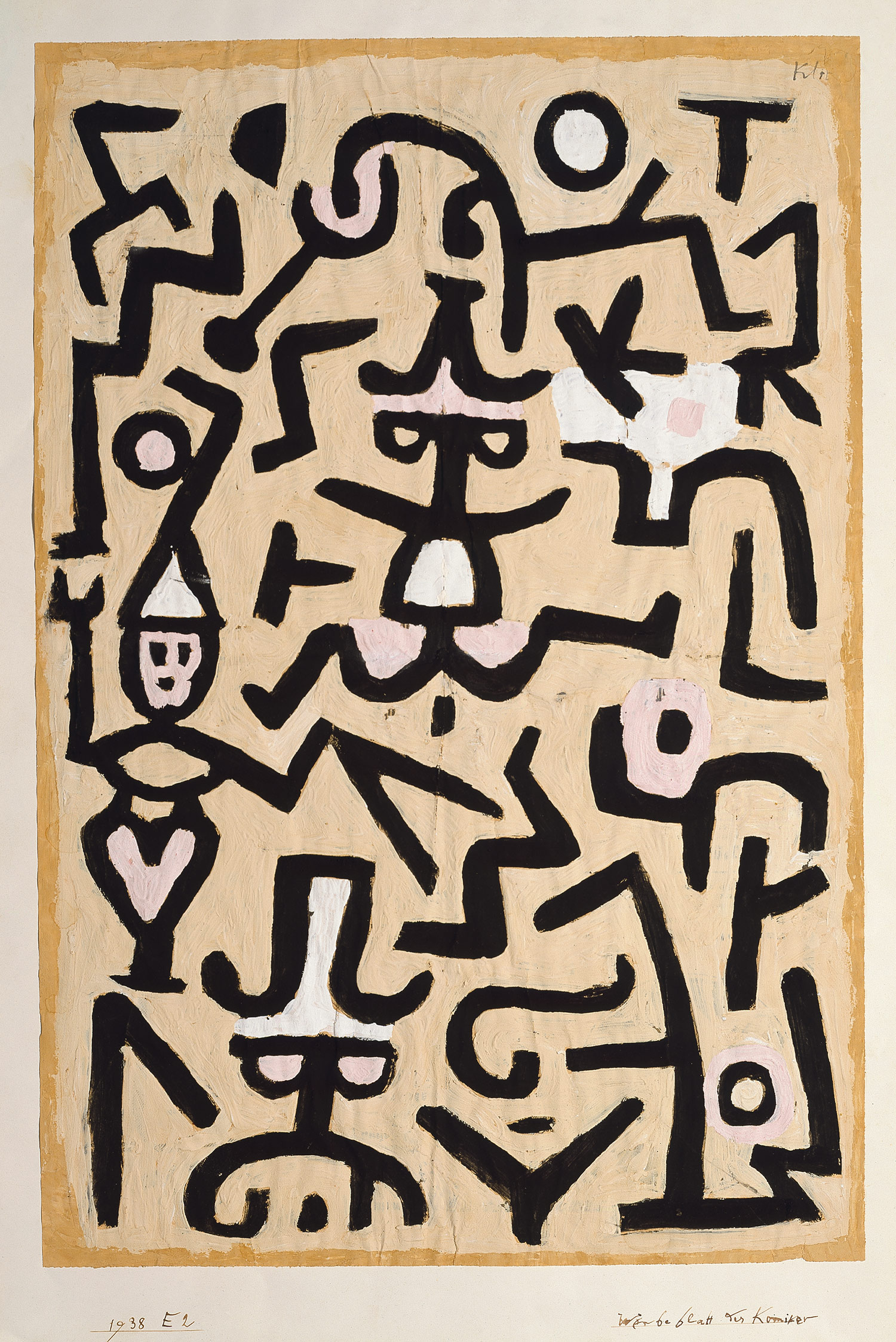
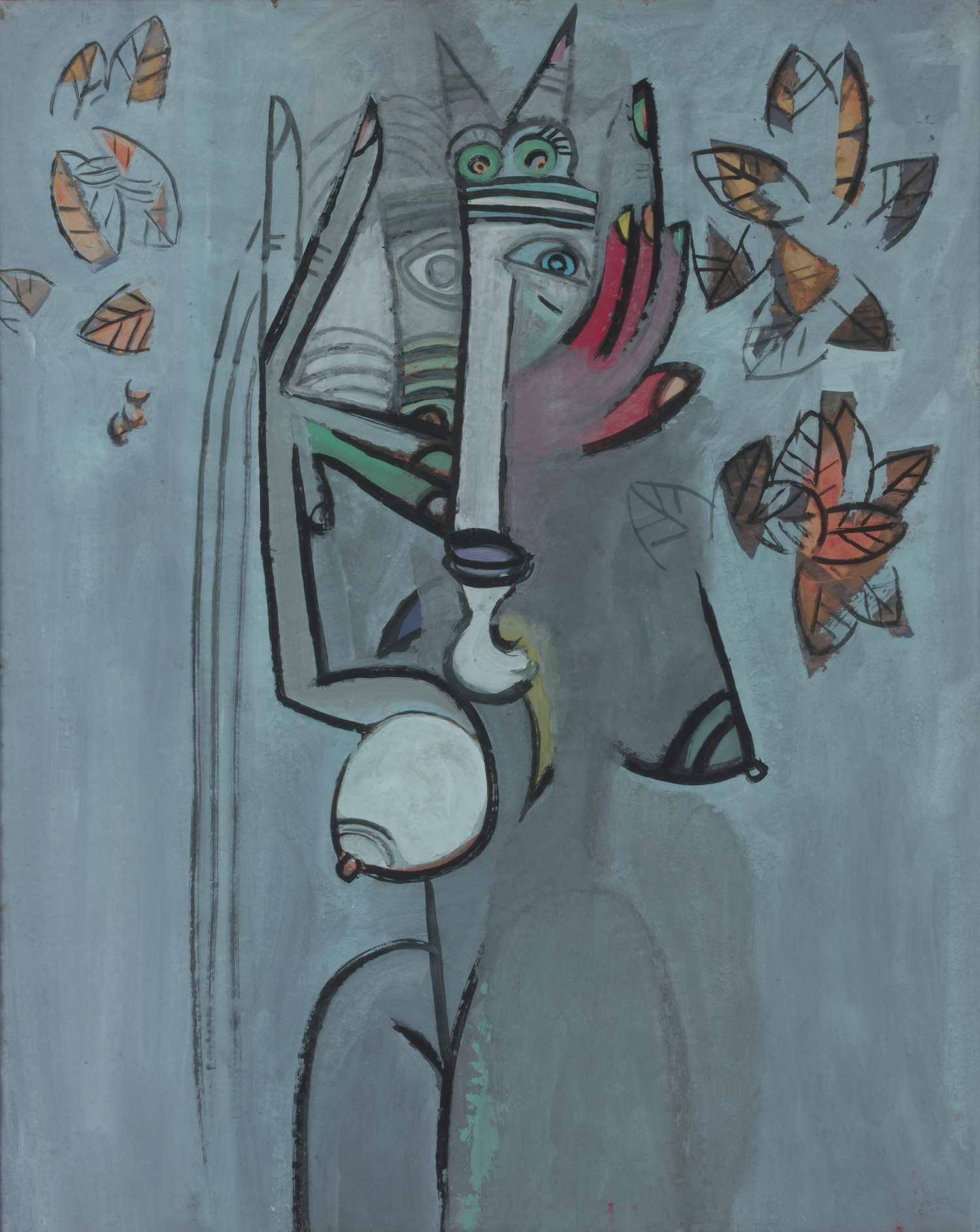
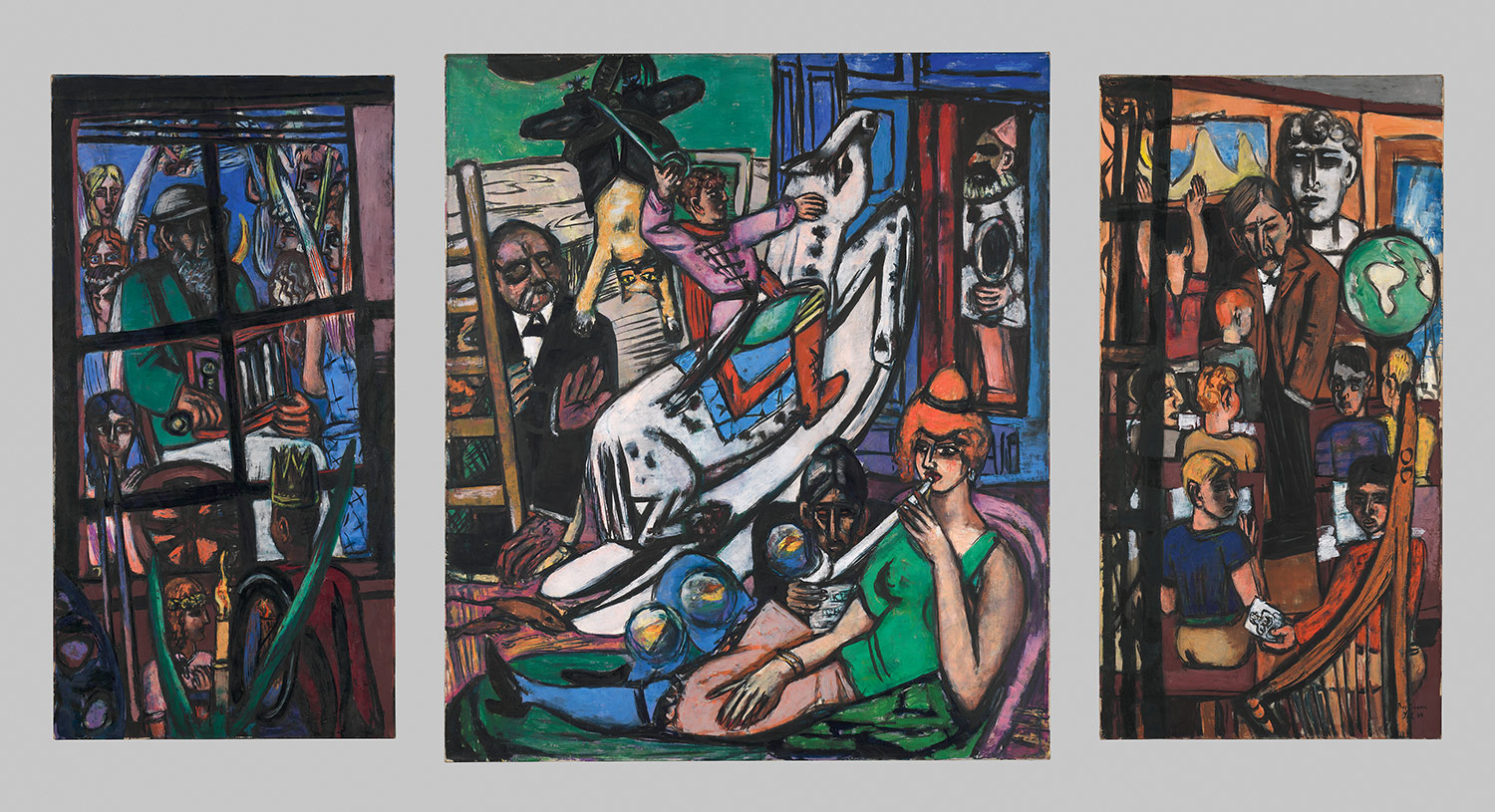
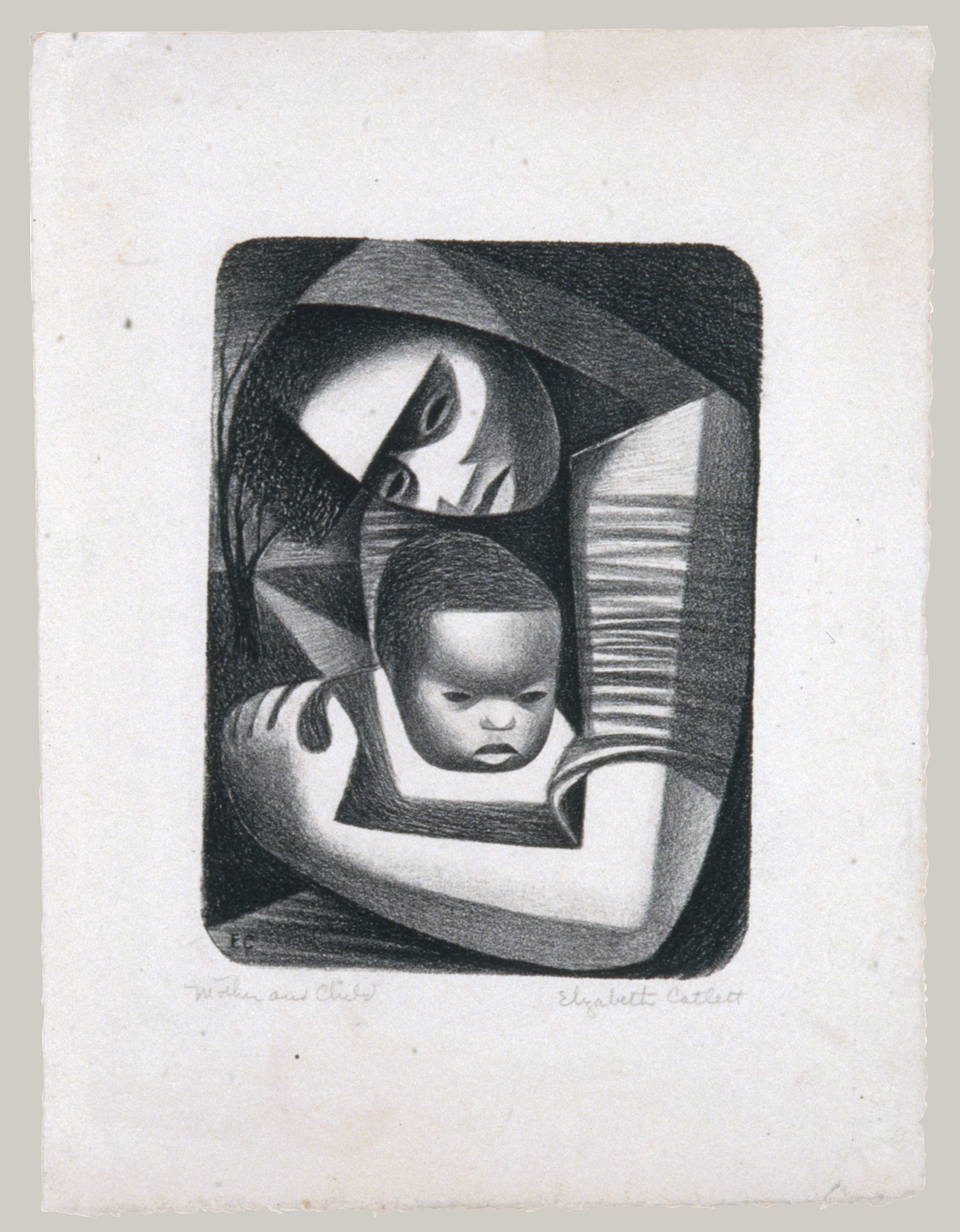
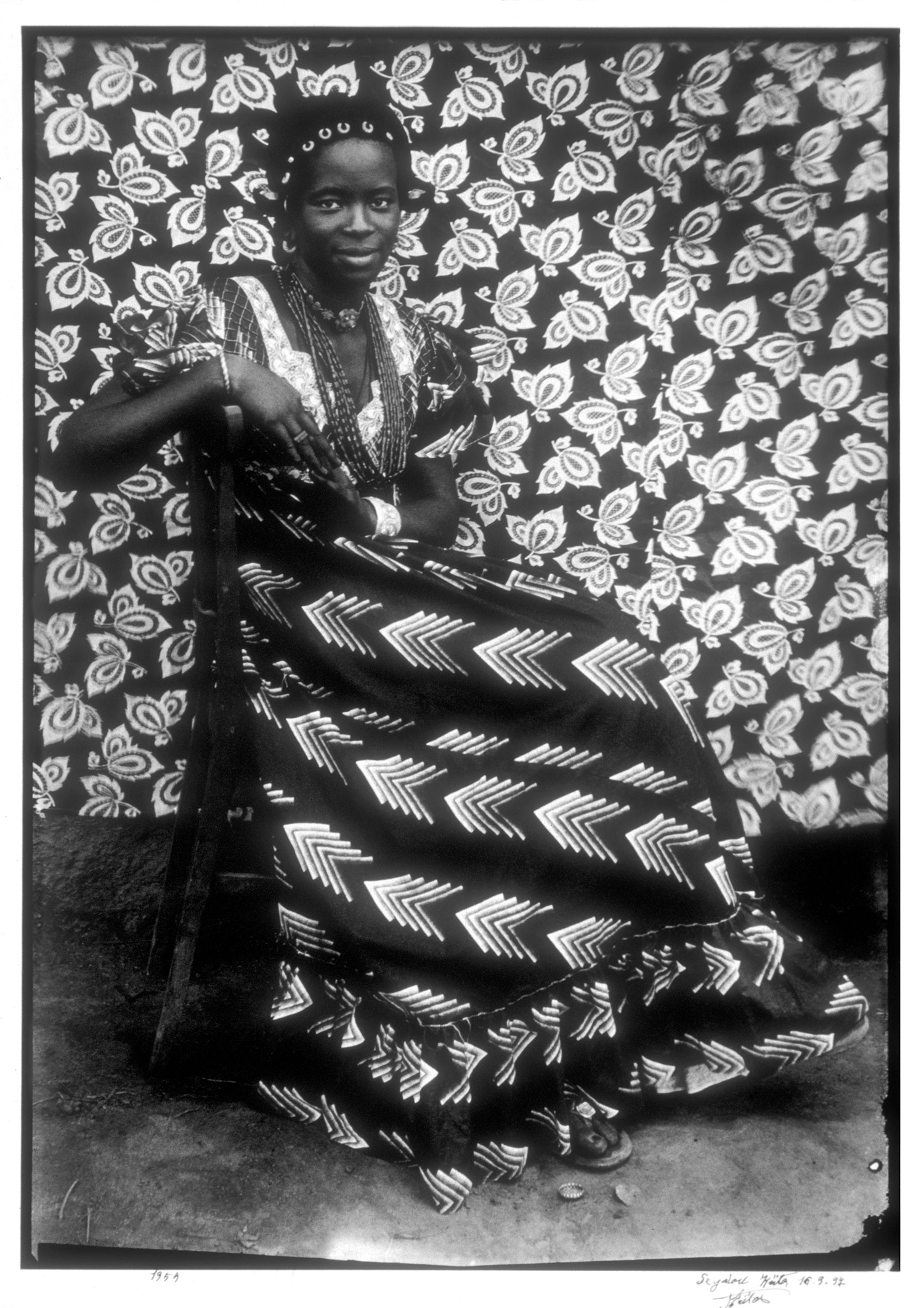
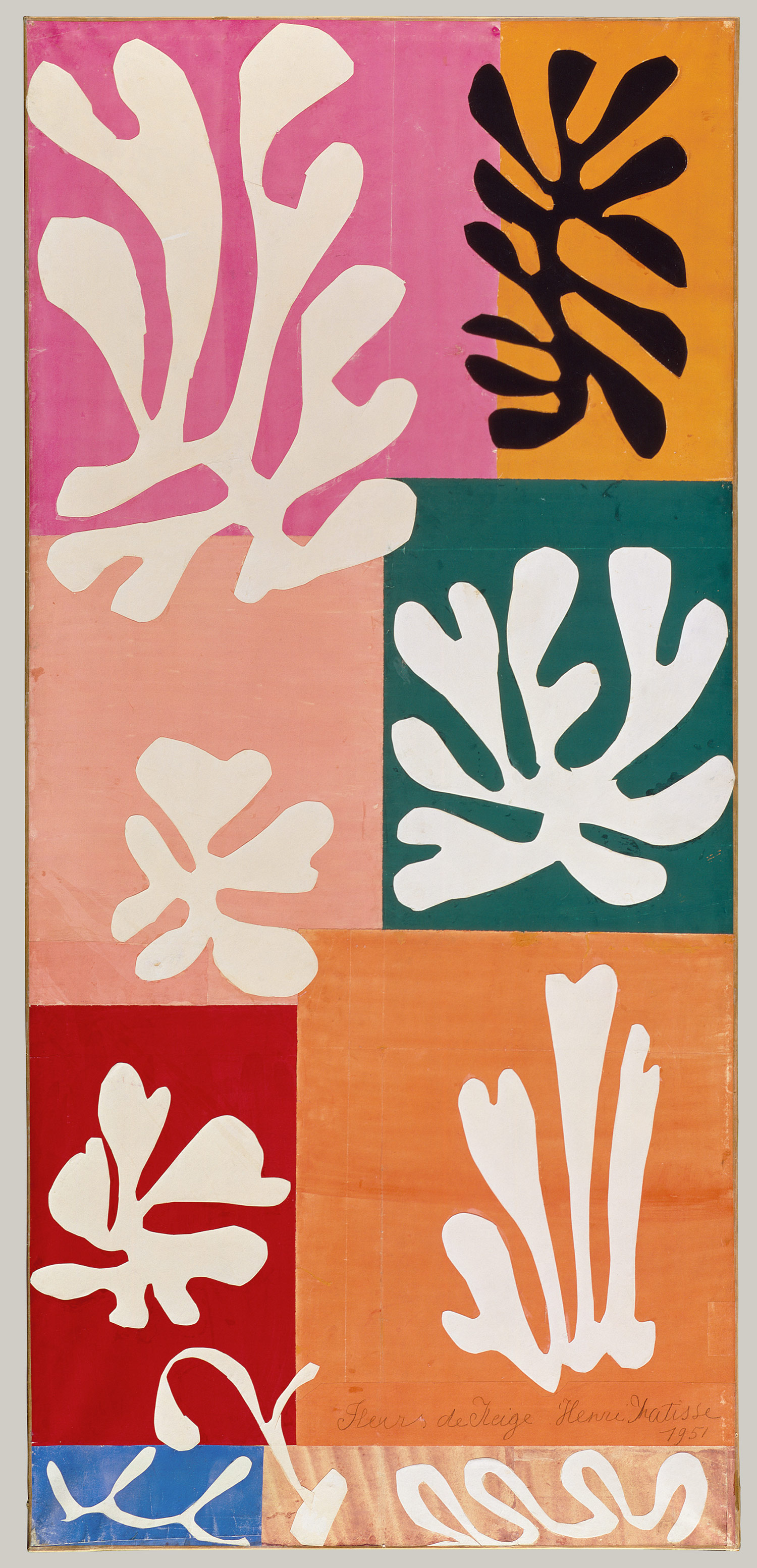
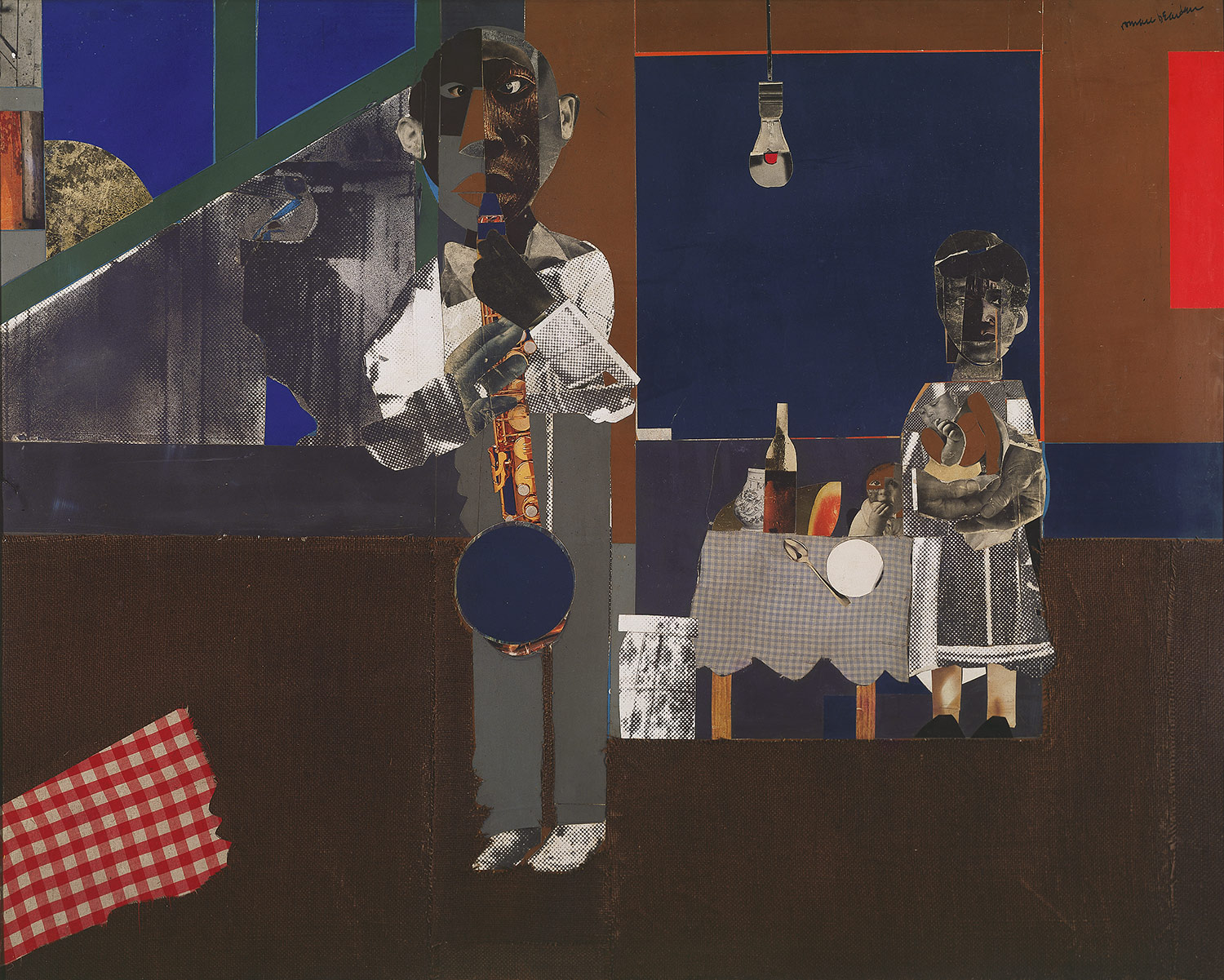

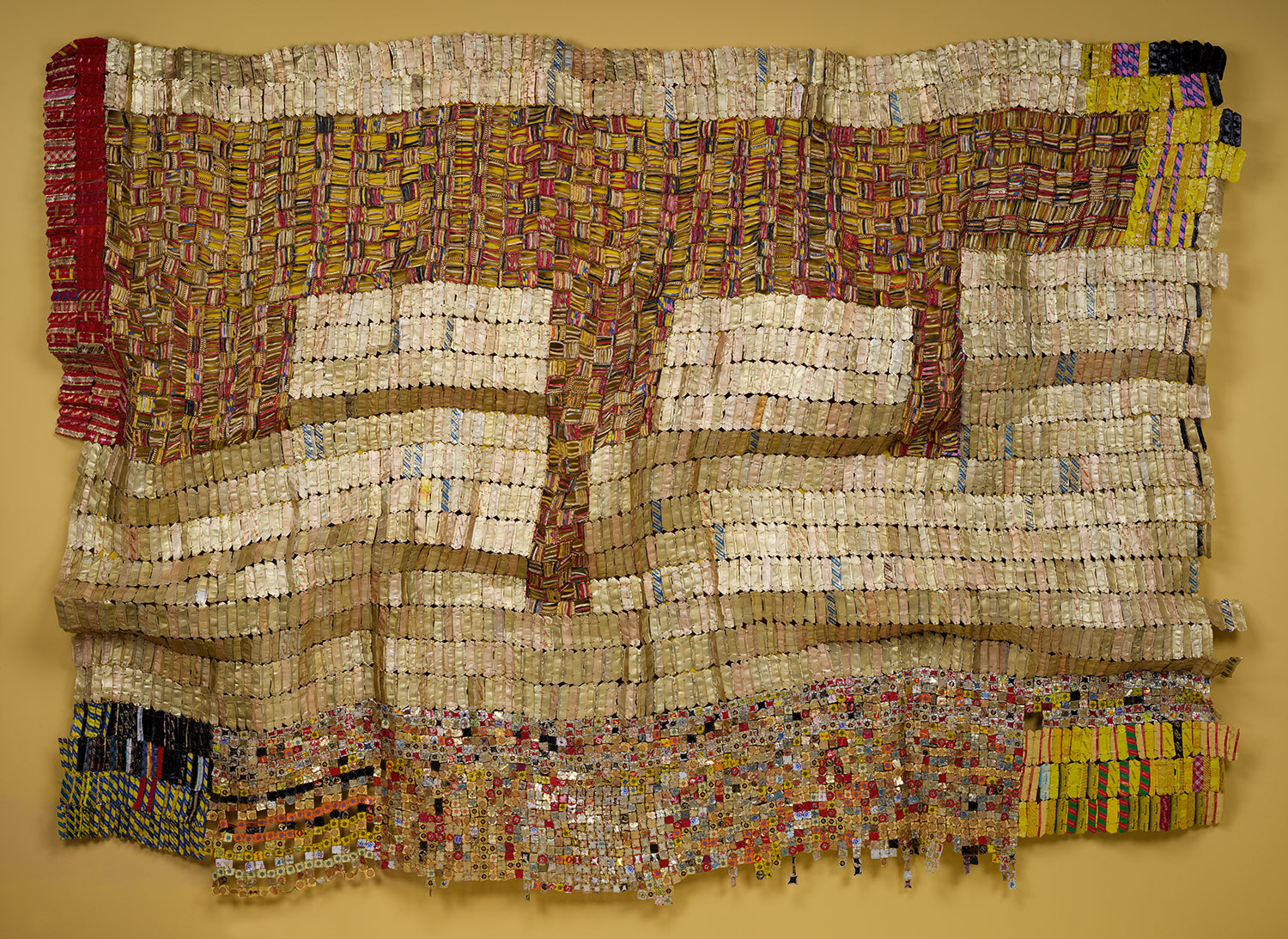
 Cited Works of Art or Images (1)
Cited Works of Art or Images (1)
 Timelines (12)
Timelines (12)
I rarely leave comments, however after reading through a few of the remarks on "African Influences in Modern Art".
ReplyDeleteI do have a couple of questions for you if it's allright. Is it simply me or does it appear like some of these remarks look like they are left by brain dead individuals? :-P And, if you are writing at additional social sites, I would like to keep up with anything fresh you have to post. Could you make a list of all of your shared pages like your linkedin profile, Facebook page or twitter feed?
Have a look at my site :: acheter follower
seni tingkat tinggi, keren
ReplyDelete